Build a web, catch a fly, wrap the fly in silk, then devour at leisure. This hunting strategy has proven so effective that orb-weaving spiders are one of the most successful groups of animals. They are found in almost every corner of the world and there are more than 3,000 species.
Making a web is a fairly sophisticated ploy. As well as multiple forms of silk and glue, the spider needs to perform a sequence of precise manoeuvres.
But why bother building your own web, when you can just invade somebody else’s and devour the architect?
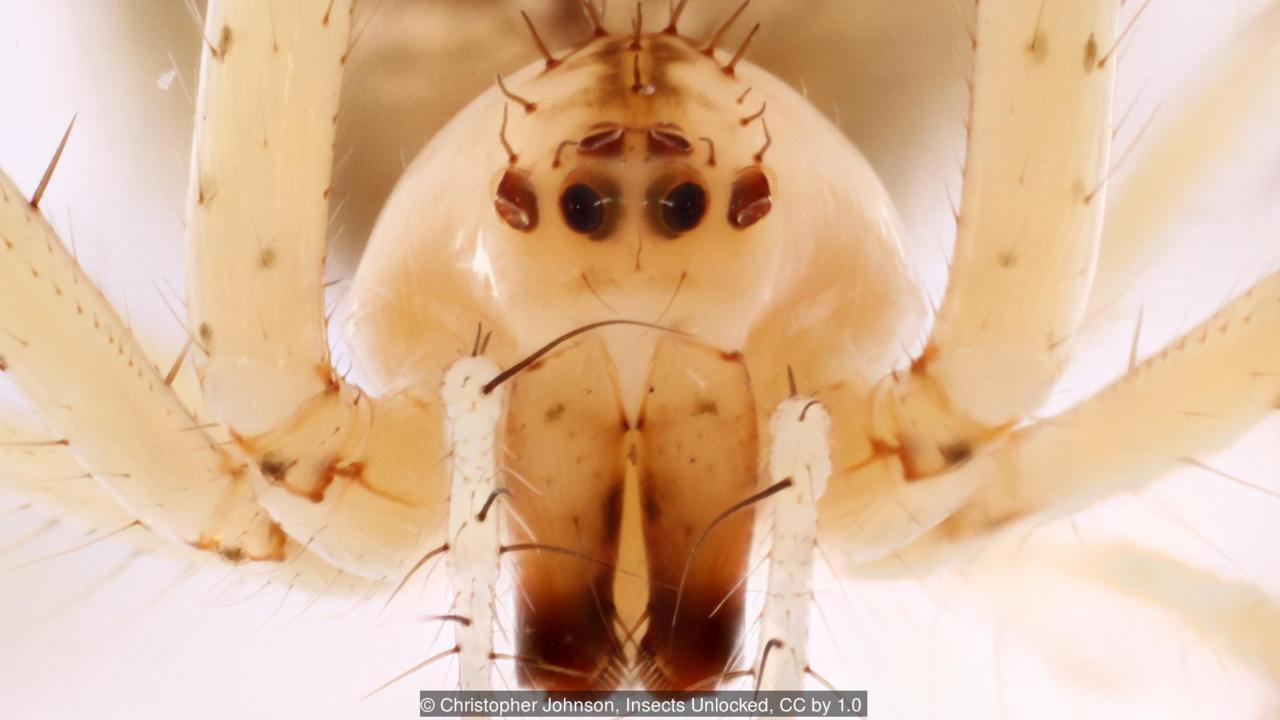
A clandestine group of spiders known as “pirates” have adopted this nefarious method of nabbing their prey. Their hunting strategies are among the most remarkable in the animal kingdom.
Pirate spiders are members of the spider group that includes all the “orb weavers” – those that make the prototypical, circular webs we are all familiar with – but they do not make webs.
In fact, they have lost the ability. They can still produce silk, which they use to build egg sacs and wrap prey. But they are anatomically incapable of spinning a web. The number of silk “spigots” on their spinnerets is dramatically small compared to their relatives.
Instead, they invade the webs of other spiders, in a bid to lure and then kill the hapless architect. Gently, they pluck the strings of the web, enticing the host to approach.
Once the host spider has ventured close enough, the pirate makes its move.
First, it encloses its duped prey within its two enormous front legs. These are fringed with massive spines, called “macrosetae”, which they use to trap the host within a prison-like basket.
Then, the final move: the pirate bites its prey and uses its fangs to inject a powerful venom that instantly immobilises it.
It is a powerfully effective hunting technique.
“It can be riveting to watch a pirate stealthily wandering while waving its long, first pair of legs to narrow in on the location of the other spider,” says Mark Townley of the University of New Hampshire. “Despite many hours spent feeding pirates for our studies on spinnerets, I never became jaded by the sight of them searching for and attacking prey. It was always a marvel to watch. They can wield that first pair of legs so delicately that I’ve seen them touch prey spiders so lightly without them reacting in any way, not seeming to even notice.”
But we do not yet fully understand how the pirate’s strategy works.
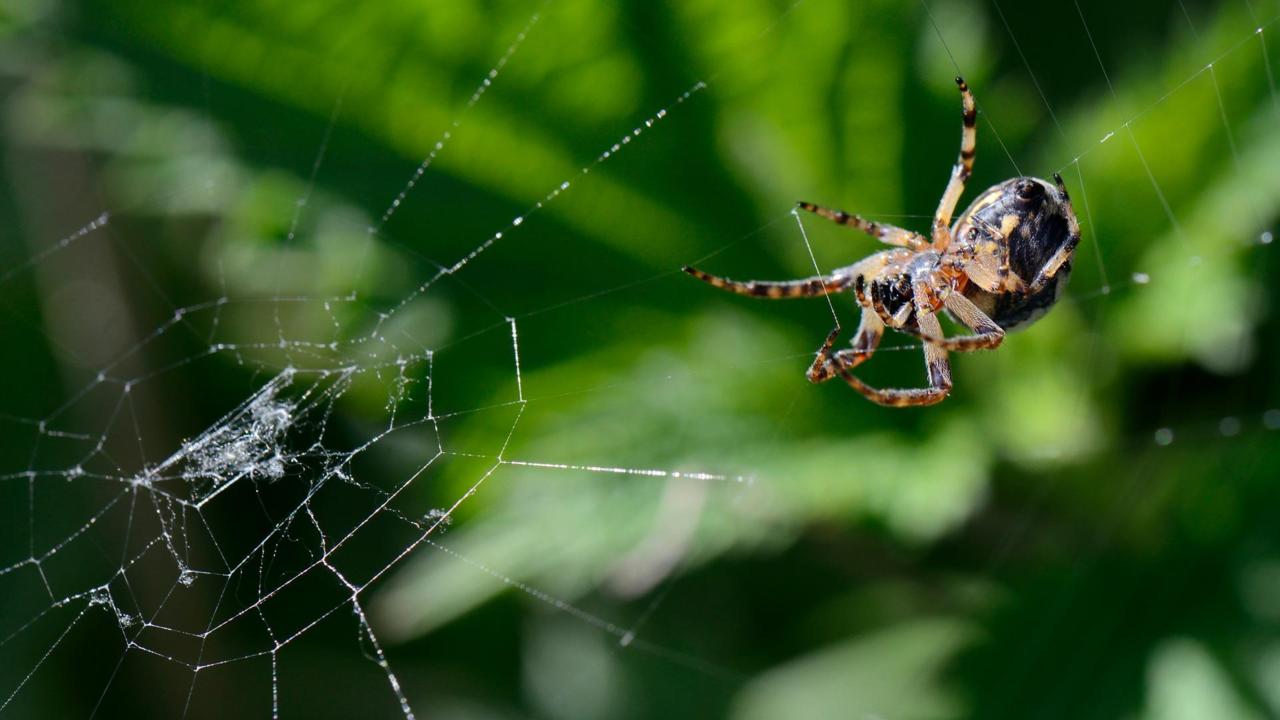
In particular, it is not clear why the pirate spiders pluck the strings of the host spider’s web.
It has long been assumed that the plucking mimics the vibrations caused by an ensnared insect. Hence the Latin name for pirate spiders: Mimetidae, or “imitator”.
However, not all entomologists agree that this is what the pirate spiders are doing.
“The behaviour of resident spiders towards pirate spiders and their own prey is quite different, as are the vibrations in the web caused by these two sources,” says Carl Kloock of California State University Bakersfield.
He has an alternative suggestion. “It seems to me most likely that pirate spiders are mimicking the vibrations of web-invading spiders of the same species, and possibly spiders of different species,” says Kloock. “A spider on its web needs to defend its web – a valuable resource – from other spiders, who may try to take over the web to avoid the cost of building their own web, or simply try to steal prey from the web.”
“These encounters follow a pretty simple pattern, where the spiders signal at one another, then slowly approach each other, usually until the smaller spider gives up and flees the web.
“I think what the pirate spiders are doing is basically sending a deceptive signal representing themselves as small web invaders that refuse to flee, drawing the resident closer and closer until they are within attack range,” Kloock adds.
Then there is the matter of pirate spider venom, which has evolved to be extremely toxic towards other spiders, including members of their own species, but not towards other animals.
“Once another spider has been bitten it ceases to move, whereas fruit flies may struggle for several minutes,” says Daniel Mott of Texas A&M International University. “Their toxins appear to be very specific to other spiders.”
Why, and how, could such a strange hunting strategy evolve?
The first problem is that the prey spiders are also predators, equipped with fangs and venom. This means they are more dangerous than, say, beetles or flies, and also less abundant.
Secondly, pirate spiders are specialist predators. While they do sometimes feast on other prey, their main source of food is always spiders. By comparison, most orb-weaving spiders are generalist predators, eating whatever wanders into their web.
In fact, pirates are not even capable of capturing other spiders without the web to stand on.
“In the lab, if you put an orb weaver into a jar but don’t allow it to spin a web, the pirate spider will not attack it,” says Danilo Harms of the University of Hamburg in Germany. “It needs a web in order to capture another spider.”
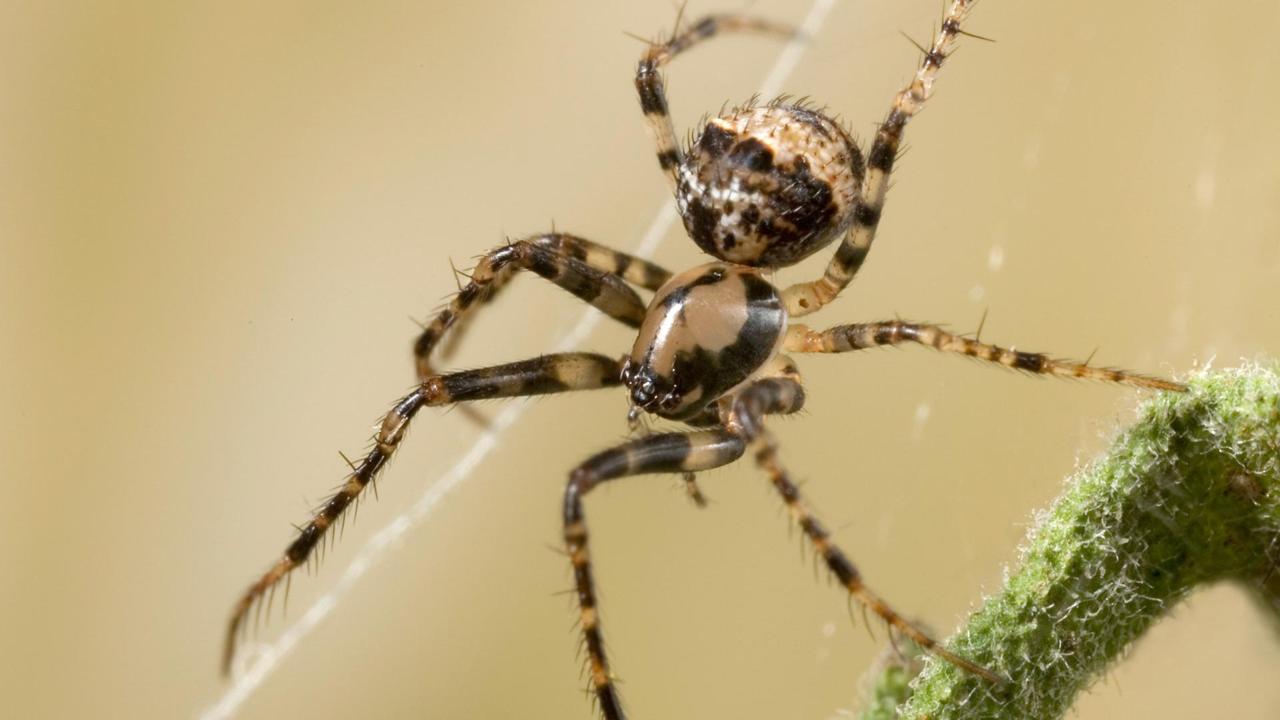
Somehow, the ancestors of pirate spiders both lost the ability to weave their own webs, and became predators of other spiders to boot.
Harms says the most plausible explanation is that it began with thievery. Pirate spiders’ ancestors may have started invading the webs of other spiders, in order to steal the insects that the host had painstakingly trapped, poisoned and stored.
This filching behaviour has a colourful name: “kleptoparasitism”.
Some of the proto-pirates could have then taken this tactic to the next level, by preying on the host spiders themselves. Over time, they would then have become increasingly specialised for capturing other spiders: evolving unusually long front legs, sophisticated web-plucking behaviours, and spider-specific venom.
This idea has been dubbed the “kleptoparasitism-origin hypothesis”.
Whatever the reason for their quirky behaviour, pirate spiders are highly successful. Scientists have formally described more than 160 species, and they are found on every continent except Antarctica.
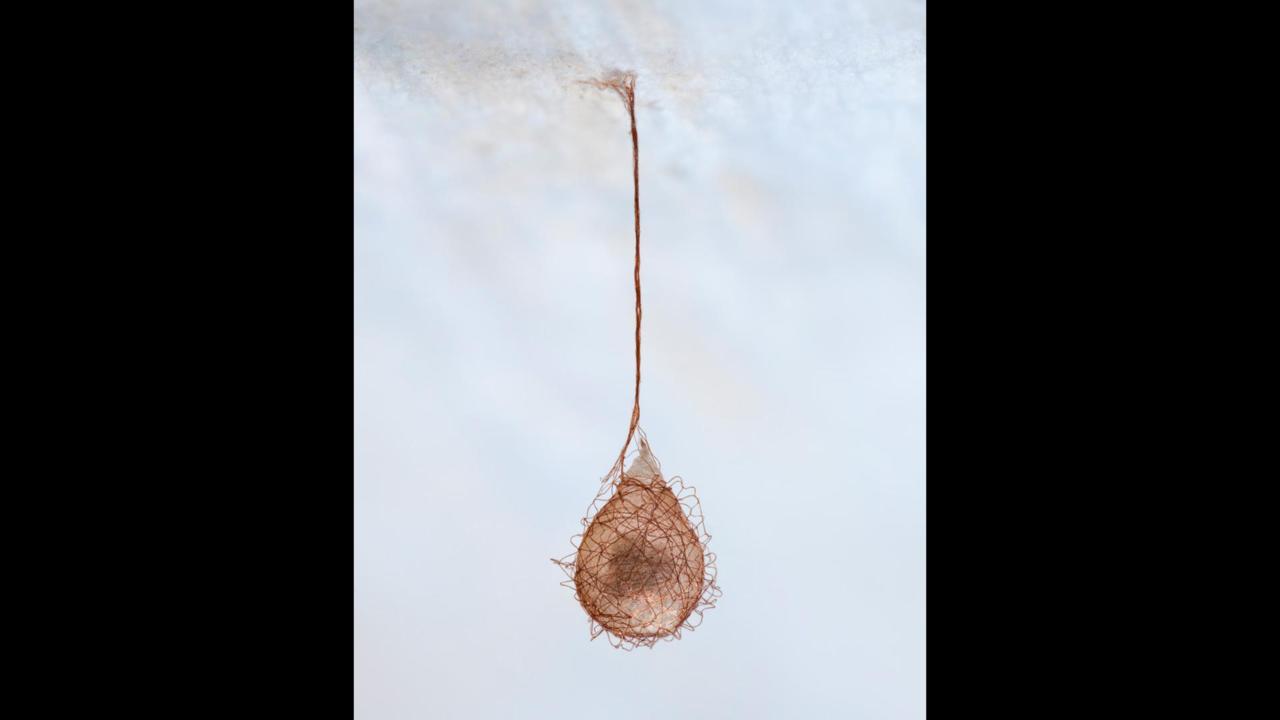
“We know a little bit about the biology of a tiny fraction of pirate spiders, but for most of the species we know literally nothing about their life history and behaviour,” says Gustavo Hormiga of George Washington University. “For example, virtually nothing is known about the biology of the beautifully bizarre South American tropical pirate spiders of the genus Gelanor.”
In this genus, the males’ pedipalps – modified legs, which they use for inseminating females – are twice the length of the male’s body. It may be that this allows them to inseminate females from a distance. “In all other spiders, copulation requires that both partners are close to each other,” says Hormiga. Mating at a distance would be a useful precaution, as pirate spiders are aggressive, possess potent venom, and are primed to prey on other arachnids, including their own kind.
But they also have a gentler side.
In a study published in November 2016 in the journal Cladistics, Hormiga and his student Ligia Benavides described five new species. Their study also featured the first report of female pirate spiders caring for their young.
Maternal care is relatively common in spiders. Some merely regurgitate prey for their young, while others go as far as allowing their spiderlings to feast upon their corpse. But maternal care had never been seen in the seemingly “nasty” pirate spiders.
“In the field, we observed females of Mimetus, Anansi and Erotaking care of eggs and spiderlings. Pirates can be good mothers,” says Benavides. “In some instances, females had their eggs distributed evenly in a small web on the underside of a leaf. But if I moved a web or touched the spider, she would gather all the eggs or spiderlings quickly, create a ball with them, and carry them away in order to protect them.”
Pirate spiders are clearly a tale unto themselves. However, their habit of imitating prey in order to devour another spider – an act known as “aggressive mimicry” – is not unique to them. It has evolved in arachnids independently at least twice before.
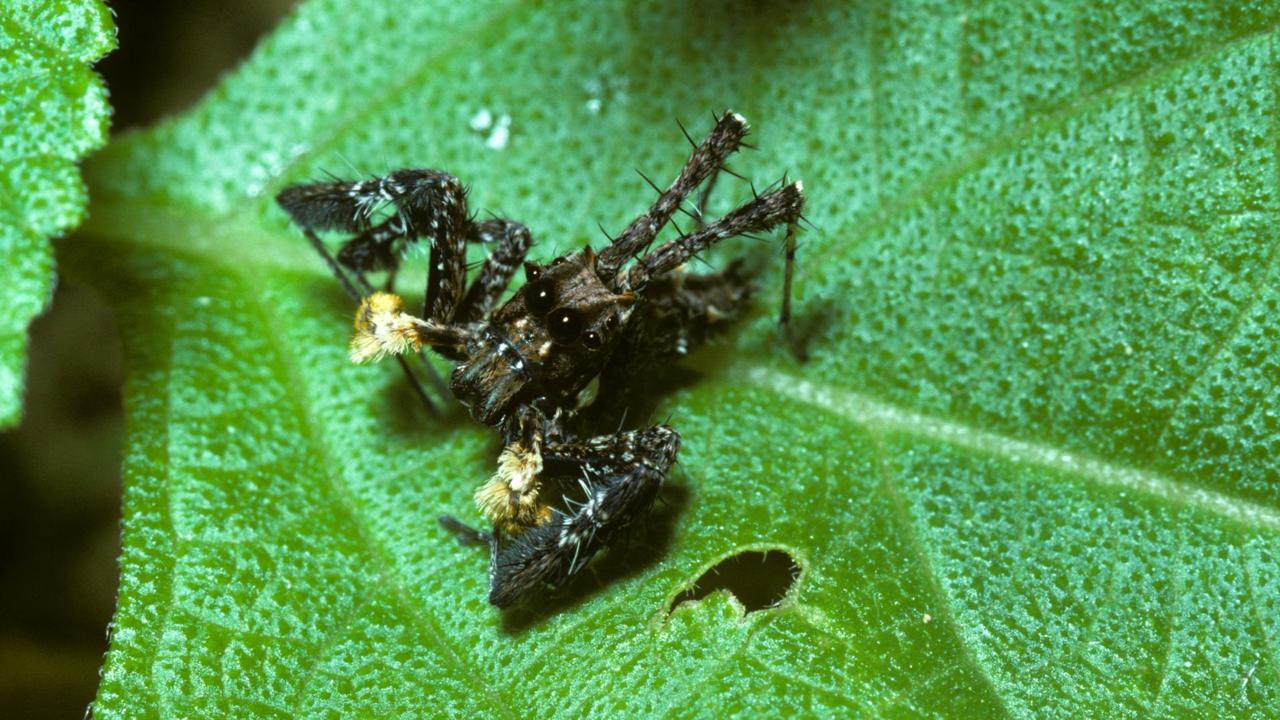
There is a genus of jumping spiders known as Portia. These spiders also mimic prey, pluck the webs of unlucky host spiders, and devour them.
Like other jumping spiders, Portia spiders have enormous eyes and mostly rely on vision to seek out their prey. In contrast, pirates seem to rely more on their sense of touch. In the lab, covering their eyes with paint does little to hinder their attacks on other spiders.
Pirates and Portia spiders are fairly recent evolutionary developments. However, “pelican spiders” also feast on other arachnids – and they are so ancient, they pre-date the evolution of winged insects.
Pelican spiders owe their nickname to their phenomenally large jaws (technically “chelicerae”) and elongated necks. Formally known as Archaeidae, they are also sometimes called “assassin spiders”.
With one chelicera they spear their prey. With the other, they inject the dangling, impaled spider with venom.
Pelican spiders have always preyed on other spiders – unlike the mimetids, which evolved from web-spinning spiders. They were first discovered from fossilised specimens in 1854, according to Harms, before living specimens were found in Madagascar in 1881.
“So, if you are older than the radiation of insects, what could you eat? Potentially other spiders,” says Harms. “That’s why they have such strange morphology.”
Strange as it may seem, for some spiders feasting on the flesh of their spidery cousins is a great way to make a living.